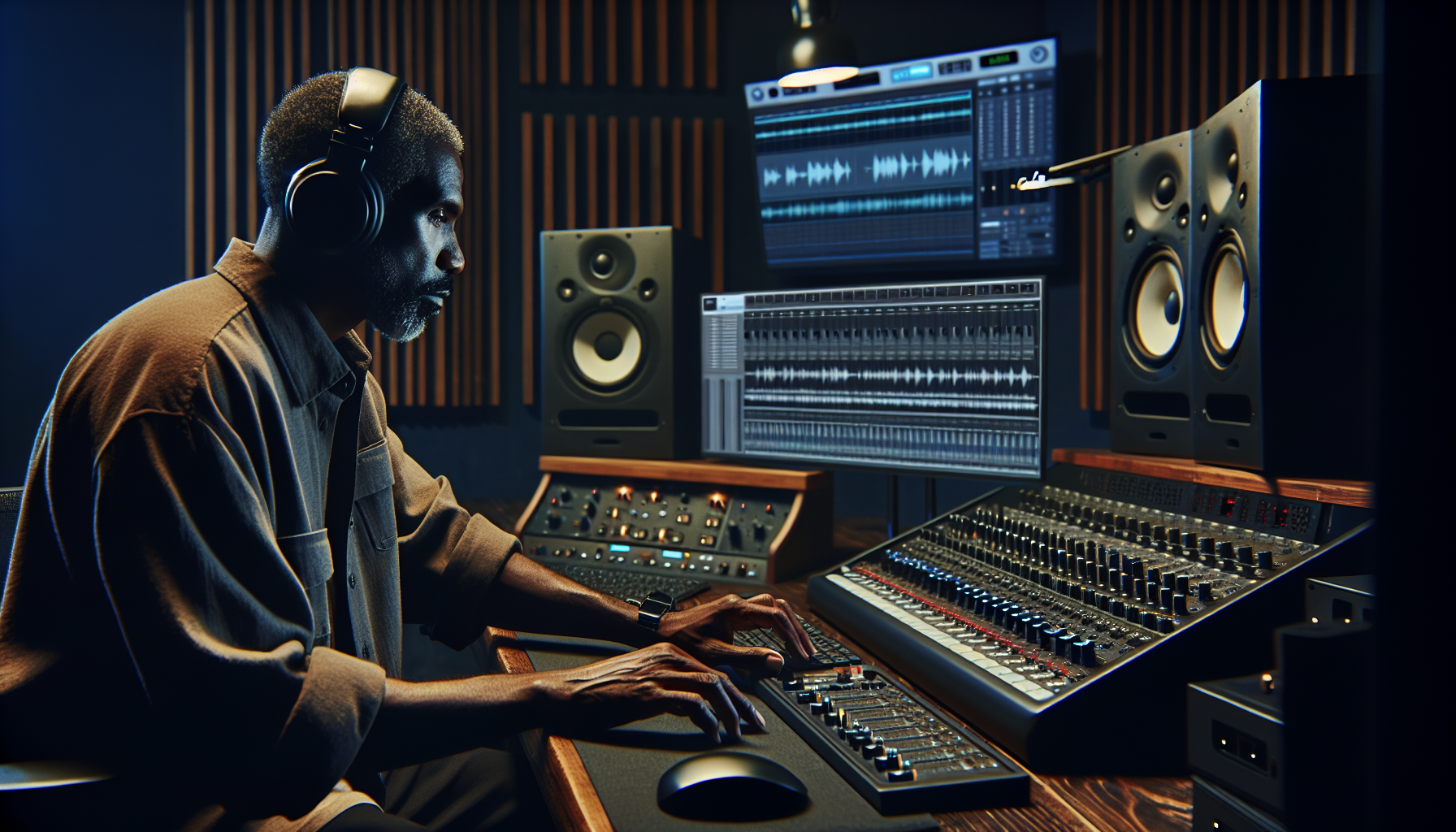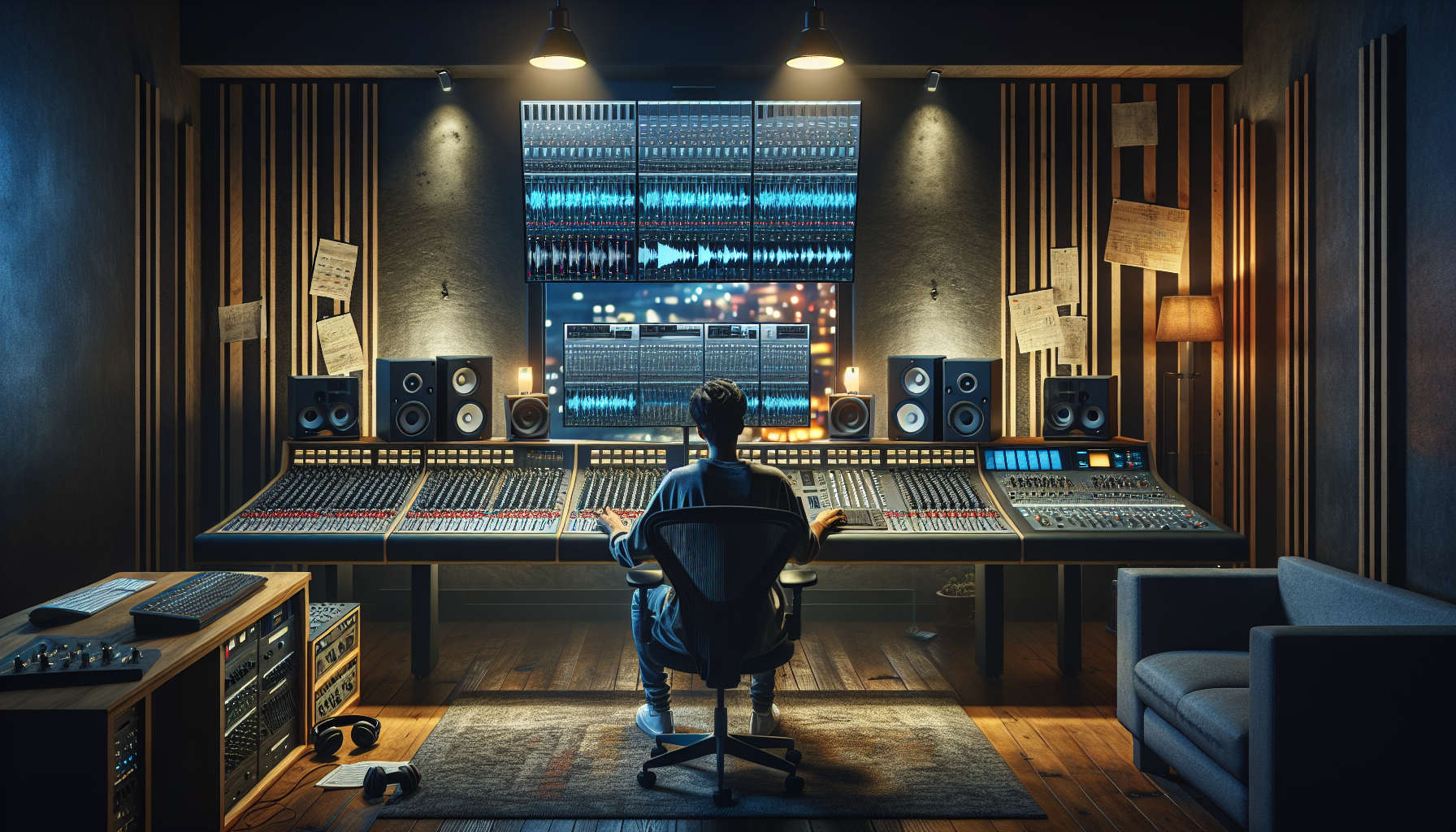Mastering Your Music: Essential Steps Before Release
The process of taking a music track from idea to public release is complicated and demanding. Mastering plays a critical role in this process, enhancing the audio quality and ensuring your music shines in a crowded market. It’s not just a technical requirement but also a creative opportunity to perfect your sound. In this guide, we’ll explore essential mastering tips and techniques for music producers to prepare your music for a triumphant release.
What is Mastering in Music Production?
Mastering is the last stage of post-production, where you balance the sonic elements of a stereo mix and optimize playback across different systems and formats. Unlike mixing, which deals with individual tracks, mastering works with a mixed-down stereo track. The goals of mastering are to enhance the sound, ensure consistency across an album, and verify playback compatibility. Effective mastering can significantly boost a track’s commercial appeal and broaden its audience.
Pro tip: Reference high-quality tracks in similar genres to ensure your music competes well on a professional level.
Preparation Before Mastering
Good preparation is key to successful mastering. Ensure your mixes are error-free, tracks are properly labeled, and the project is organized. Additionally, seek external feedback and consider a break between mixing and mastering to provide a fresh perspective when you begin mastering your track.
Pro tip: Host a listening session with fellow producers for valuable insights that can refine your final master.
Effective Mastering Techniques
Master your music with key techniques such as EQ adjustments for clarity, compression to maintain dynamic consistency, stereo enhancement to broaden your mix, and limiters to prevent clipping and manage loudness without compromising dynamics.
Pro tip: Focus on cutting frequencies with EQ to maintain the mix’s natural essence and eliminate muddiness.
Selecting the Best Mastering Tools
The choice between hardware and software for mastering depends on personal preference and budget. Many producers prefer software for its versatility and accessibility, with iZotope Ozone and FabFilter being popular among beginners. Also, investing in high-quality monitors and proper room acoustic treatment is crucial for accurate sound evaluation. Alternatively, online mastering services offer professional and affordable options.
Pro tip: Test different software demos to find the best fit for your workflow and genre.
Testing in Various Listening Environments
Make sure to test your mastered tracks in different listening environments like cars, headphones, and hi-fi systems to ensure consistent quality. Include A/B testing with commercial tracks for a reliable benchmark.
Pro tip: Conduct a blind test with various listeners to get unbiased feedback on your mastered tracks.
The Value of Hiring a Mastering Engineer
For a commercial release, consider hiring a professional mastering engineer. An experienced engineer adds a level of detail and expertise that enhances your music significantly. Choose an engineer with a proven track record in your genre and communicate your audio goals clearly to align with your artistic vision.
Pro tip: Ask for before-and-after samples to assess the engineer’s impact on music similar to yours.
Avoiding Common Mastering Errors
Beware of DIY mastering errors such as overcompression, which can diminish your track’s vibrancy, and inaccurately balanced tonal elements like excessive bass or treble. Also, ensure adequate headroom for maximum dynamic range without the risk of digital clipping.
Pro tip: Reserve at least 1-2 dB of headroom when you finalize your mix to avoid clipping during mastering.
Mastering requires patience and meticulousness, whether done at home or by a professional. Following these guidelines ensures your tracks are polished and ready for release. If mastering seems overwhelming, consider reaching out to a professional audio mastering service for expert help.
Eager to perfect your music release or need expert assistance? Contact our studio professionals today for tailored support and guidance!


